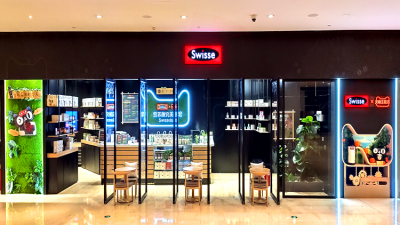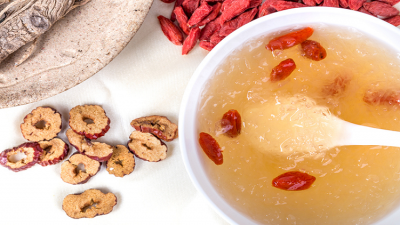Confidence amid complexity: Pinduoduo and A*STAR seek to improve fresh produce contaminant testing

The collaboration first began in April 2020, which was also the time SIFBI was newly established under the Agency for Science, Technology and Research in Singapore (A*STAR).
The research project aims to leverage machine learning to develop a lower cost, faster, yet accurate method in testing for pesticide residue.
PDD is China’s second largest e-commerce platform in terms of users (only behind Tmall), and is one of the largest platform for agricultural produce. In 2019, PDD facilitated sales of almost US$20bn of fresh produce on its platform.
Pesticide contamination
A few studies conducted have shown that the presence of pesticide on fresh produce is higher in China, compared to other markets in US or EU.
Xin Yi Lim, executive director of sustainability and agricultural impact at Pinduoduo told FoodNavigator-Asia that many Chinese consumers were not confident and assured of safety when they purchase produce, even from supermarkets. “Some consumers even buy specialised fruit soap or detergent to clean their produce.”
Unlike grains and wheat which are husked and processed before consumption, fresh produce are typically consumed with the skin on, exposing consumers to pesticide residues in higher concentrations.
Pesticide residues not only endanger human health and lead to concerns about food safety problems, but can also seriously affect the export trade of agricultural products.
A study (2019) published by Pengjv Liu and Yanzhi Guo in the IOP Conference Series: Earth and Environmental Science reported that the main Chinese agricultural exports that triggered notifications due to excessive pesticide residues were tea, fruits and vegetables.
The researchers also highlighted that farmers in China were not well trained on the use of pesticides and may use in excess to compensate for the lower productivity.
Lim pointed out pesticide contamination was an issue that was deeply rooted and would take some time to educate and regulate.
“Our goal is not only to create a method to be used in China, but to develop a process of testing produce for pesticide residue faster and cheaper to conduct.”
Cost and time
The current gold standard for testing of pesticide residues is liquid chromatography–mass spectrometry (LC-MS), which is highly accurate, but expensive and time-consuming.
For instance, regulatory bodies take between two to three days to run a test on the LC-MS.
Other methods such as Ambient Mass Spectrometry and Raman Spectroscopy, cost less and can be done in less than one hour.
“The cost differentials could be between 3-20x versus the cost of LC-MS, our final method would be somewhere in that range,” Lim added.
Lim said it was not only the direct cost in the method, but also broader savings around testing time, reducing product recalls and increasing consumer and regulator confidence.
“A quicker turnaround would help strengthen enforcement significantly and increase the overall resilience of food systems.”
“These indirect benefits are likely to result in bigger savings in the mid to longer term than the differences between the pricing of the actual instruments themselves.”
“As the global food supply chain becomes more and more complex, enforcement of safety standards also become more difficult, as different countries have different pesticide limits and controls. If we can make testing more widespread and results available in a more timely manner, enforcement becomes stronger and bad actors can be weeded out more quickly, thus building up consumer confidence further.”
Lim said the project is expected to complete in 2022, and commercialisation another year after.
“Whether we end up selling a device or run it as a certification service, is dependent on the final research findings.”
She added that the COVID-19 pandemic had interrupted some of the plans, especially since the Singapore Government had imposed certain restrictions and its researchers were unable to work in the labs.
Simple test for complex chain
Lim said they were targeting regulators not only in China, but worldwide who were interested in widespread testing.
For example, countries like Singapore where 90% of the food is imported, the burden of testing falls primarily on the regulator who inspects the shipments and polices the importers, hence determining what makes it through the borders.
Lim highlighted that the entire food supply chain today is very long and complex and its method would make it easier to run such tests at different points as needed for assurance.
She said it would be useful at the farm level, which is more fragmented, “especially with the greater adoption of e-commerce, you have more things going direct to the consumer versus transiting at several wholesale markets.”
They hope to target farms and fruit cooperatives who want an additional verification or certification that their produce were pesticide-free or do not contain any harmful pesticide.
The method could also be used by food manufacturers to assess raw input contamination as well as other contamination along the production chain, although Lim was quick to add most manufacturers typically had their own established QC systems in place.
Another potential target customer would be retailers, especially if the retailer was dealing with the producers directly or trying to facilitate the producer to go direct to consumer. “The retailer may be interested to have the checks at source, or have it performed at their centralised warehouse if they have one.”











